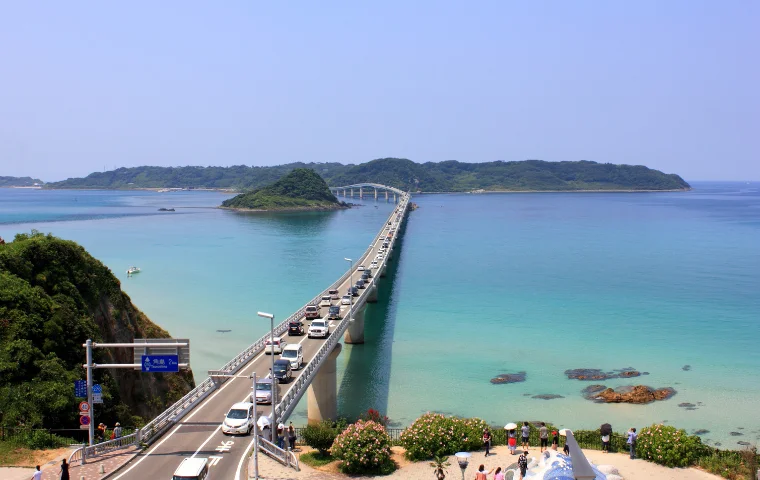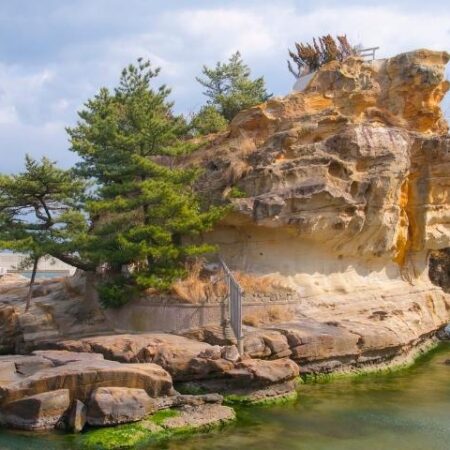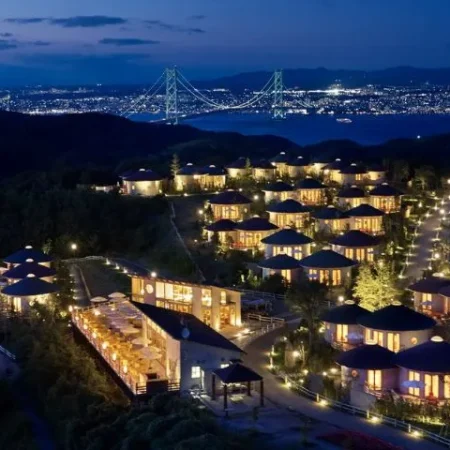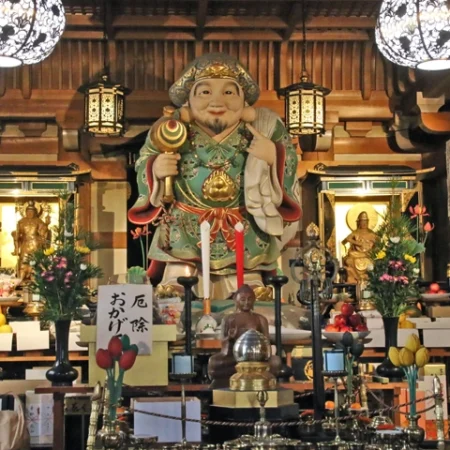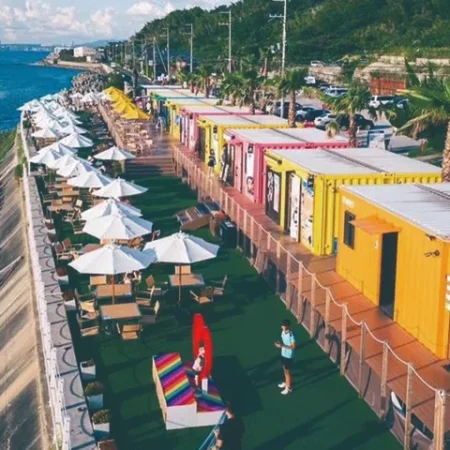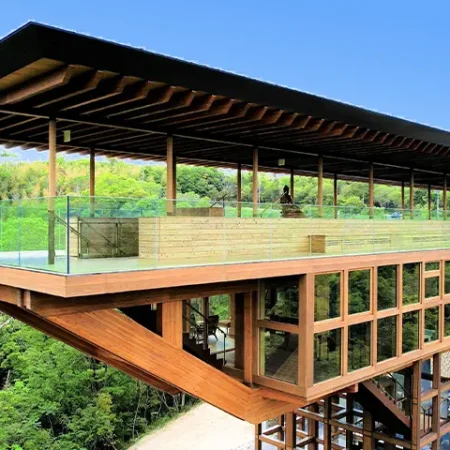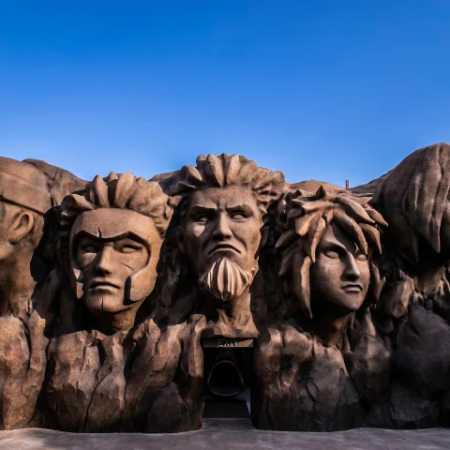The New York Times has unveiled its much-anticipated list of 52 Places to Go in 2024, and Japan’s Yamaguchi prefecture has secured a coveted spot.
Table of Contents
Yamaguchi Prefecture has a Wonderful History, Architecture, and Cultural Heritage
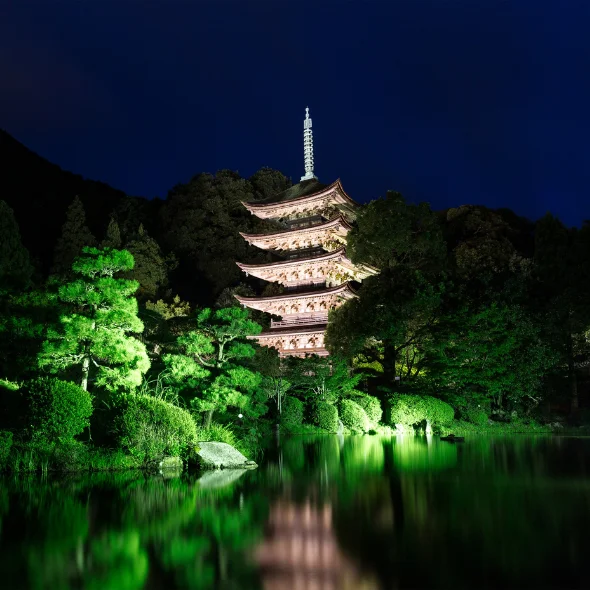
Yamaguchi City in Yamaguchi Prefecture is a historic, culturally rich location in a valley between the Seto Inland Sea and the Sea of Japan. Known as the “Kyoto of the West”, Yamaguchi City is widely known for remarkable architectural treasures, serene gardens, and captivating ancient sites. Despite all of this, it remains largely unsullied by “tourism pollution.”
After a visit to the gorgeous gardens and stunning five-story pagoda of Rurikoji Temple, designated as a national treasure, visit a pottery kiln, take a break at a traditional coffee shop and enjoy the local cuisine of oden and other one-pot wonders.
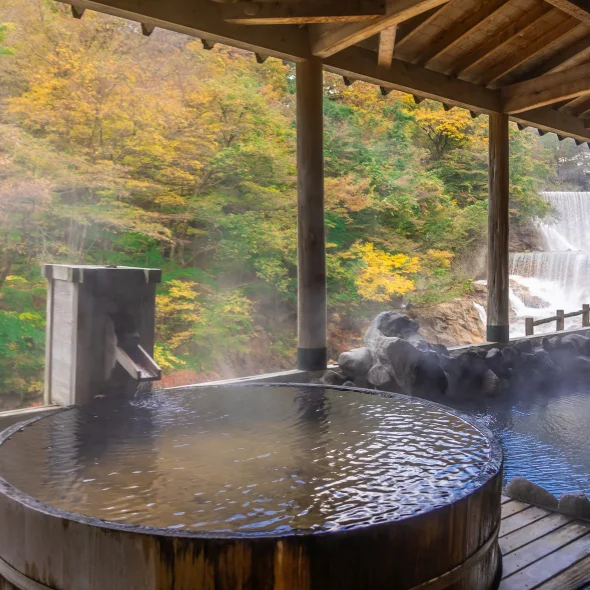
Just a short distance from the city center lies the tranquil hot-spring village of Yuda Onsen. Time your trip just right and you can catch the Gion Festival here that dates back over 600 years featuring vibrant parades, elaborate costumes, and traditional dances.
This rich tapestry of history, architecture, and cultural heritage makes Yamaguchi a charming destination for travelers in 2024.
Awaji Island in the nearby Seto Inland Sea
For any fan of architecture and history, a trip to Yamaguchi would not be complete without a stop at Awaji Island in the nearby Seto Inland Sea. Like Yamaguchi, Awaji Island is experiencing a resurgence of popularity due its intriguing mix of antiquity and modernity.
The Birthplace of Japan
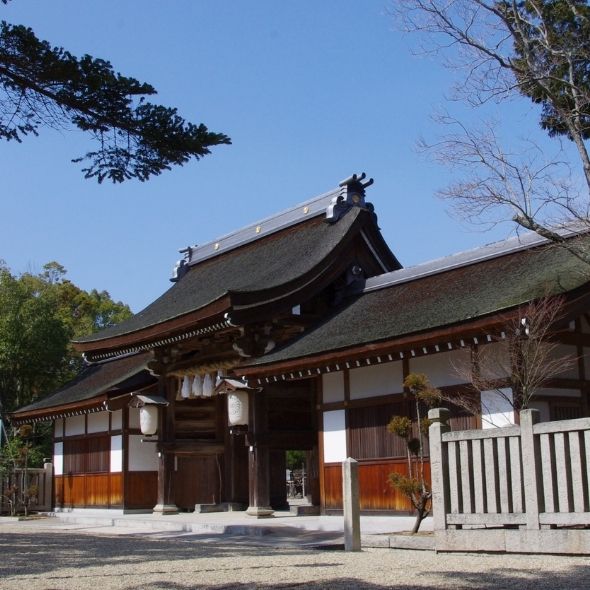
Awaji Island holds a sacred place in the heart of Japan as the mythological “first island”, as chronicled in the Kojiki, Japan’s oldest historical text. As such it has long attracted travelers and pilgrims from far and wide.
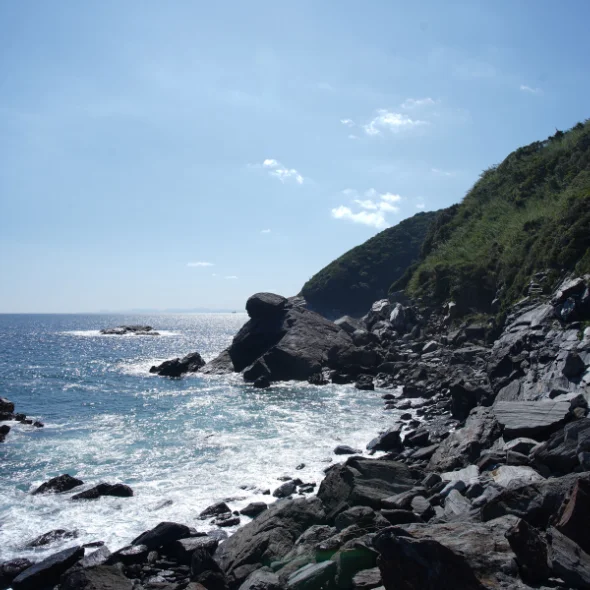
Awaji Island is dotted with shrines and small islands related to the myths and legends of Japan. Among them, three stand out as particularly significant: Izanagi Shrine, revered as one of Japan’s oldest shrines; Nushima, which symbolizes key elements of the island’s mythical narrative; and the Naruto Whirlpools, intricately linked to Japan’s creation story. Trace the origins of the nation through these amazing landmarks.
Buildings of Architectural Masters
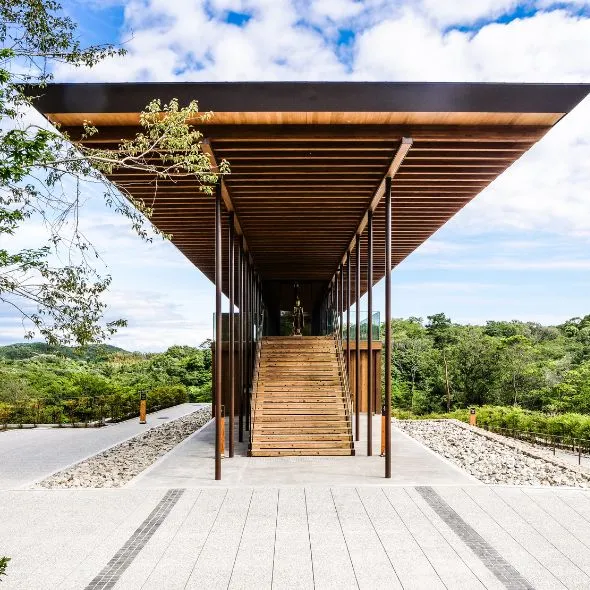
Architectural wonders abound on Awaji Island including remarkable buildings by masters of the field such as the legendary Pritzker Prize winners Ando Tadao and Shigeru Ban. Ando’s minimalist vision characterized by innovative use of light and space along with Shigeru Ban’s pioneering use of unconventional materials like cardboard tubes, have left an indelible mark on the island’s landscape.
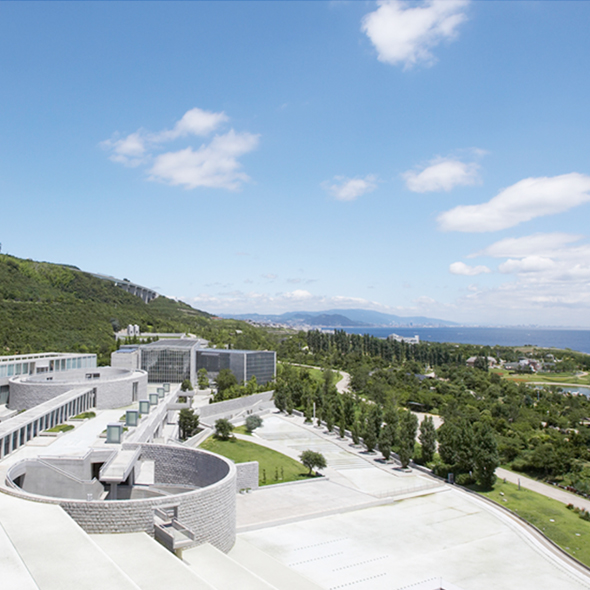
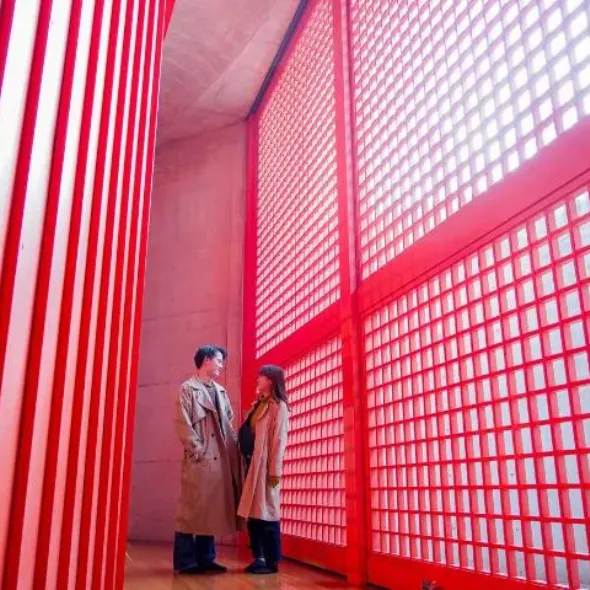
Closing
For culture, cuisine, history and architecture away from the madding crowds, look no further than the twin beauties of Yamaguchi valley and Awaji Island. Come quick, while these treasures still remain hidden gems!



